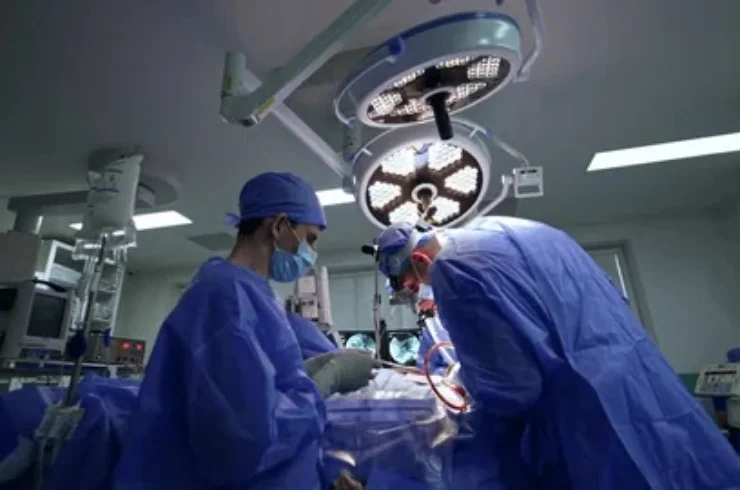Aligning the Future: The Transformative World of Spine Surgery
Spine surgery involves a range of procedures designed to address issues related to the spinal column and surrounding structures. These surgeries aim to alleviate pain, restore mobility, and enhance the quality of life for individuals suffering from spinal injuries, deformities, or degenerative conditions. Techniques have evolved significantly over the years due to advancements in technology, enabling more precise surgical interventions and better patient outcomes. Common procedures include discectomy, laminectomy, spinal fusion, and minimally invasive techniques like vertebroplasty. Each procedure targets specific spinal conditions, offering tailored solutions to meet individual patient needs. As the field continues to develop, innovative approaches promise to deliver even greater levels of care and improved recovery experiences for those undergoing spine surgery.
